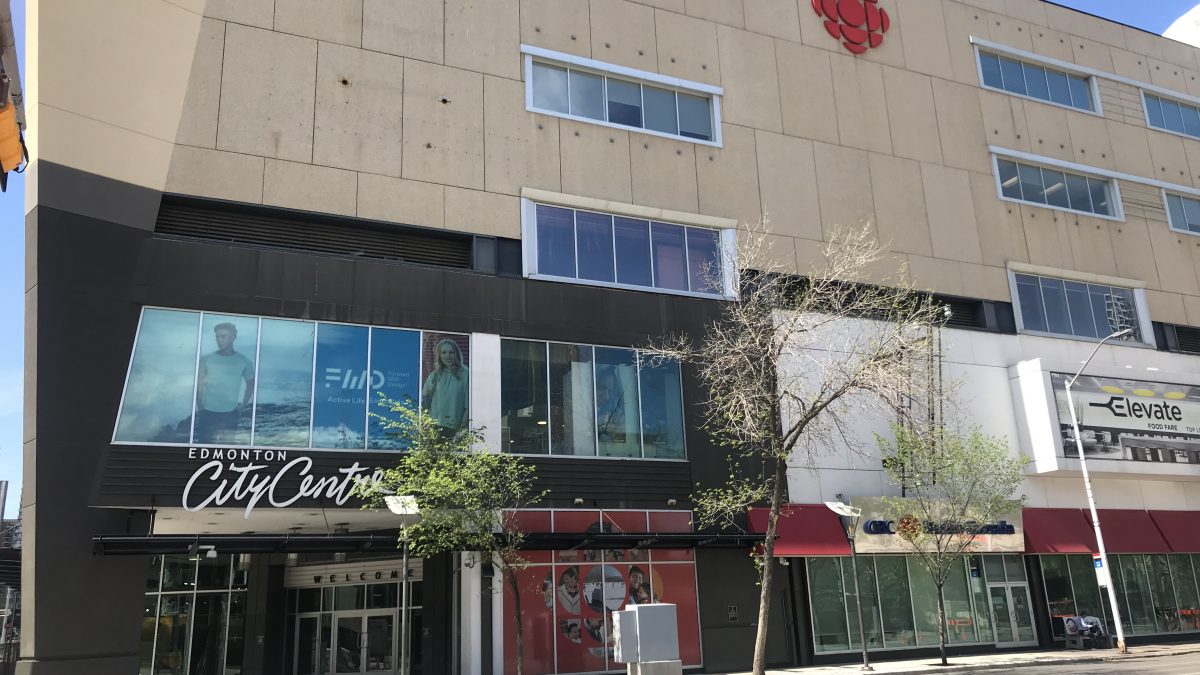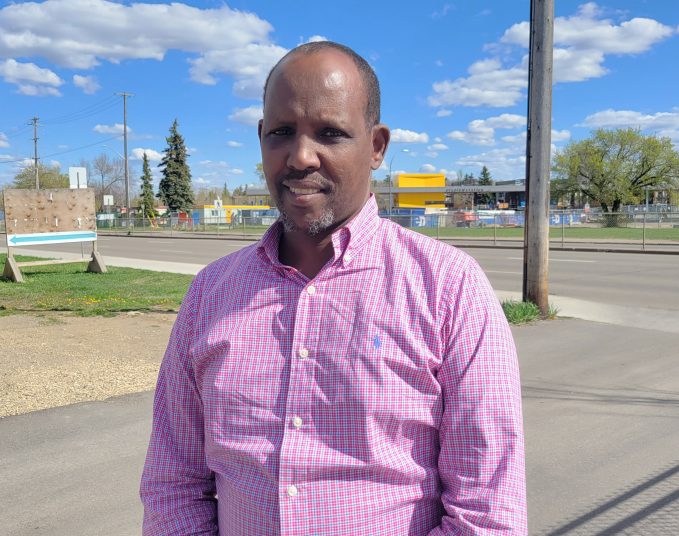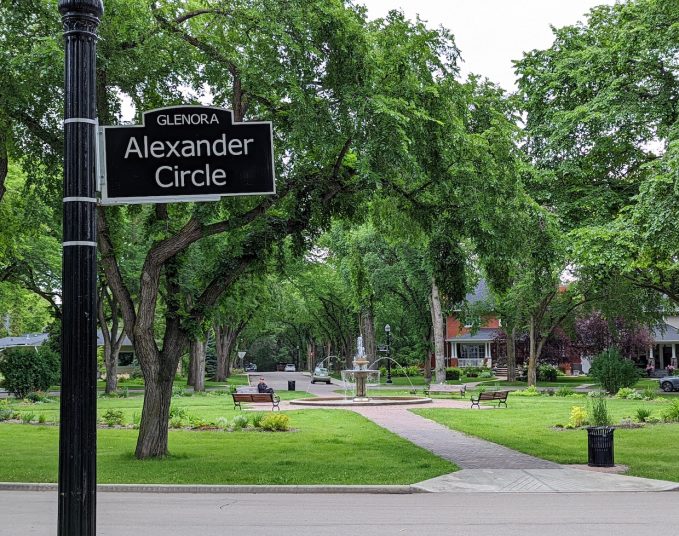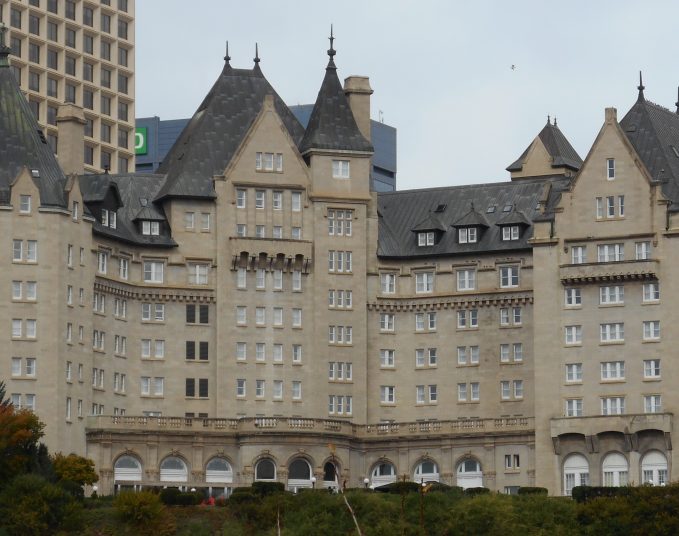The City must find solutions — fast — to the growing problems of crime and homelessness downtown.
Those sentiments were loud and clear at a panel discussion on the future of downtown held Thursday at the Westin Hotel.
“It won’t work if don’t do something immediately and urgently,” said Kevin McKee, the CEO of Pangman Development Corporation, which administers the Enbridge Centre, the rental residences at Augustana and is part of a team working on a new development that could see up to 1,000 new residential units built by the new Warehouse Park. To a round of applause from the roughly 200 people in attendance, he said developers, business owners and residents can’t wait six months or so for city council to “navel-gaze.” He said the issues of crime and safety are very real, and it’s better to launch programs to address them right away, even if some of them fail.
Basically, inaction isn’t acceptable.
Edmonton Police Deputy Chief Darren Derko told the people in attendance at the NAIOP (a commercial real estate development association) luncheon that “crime rates have really spiked” on 118th Avenue, Chinatown and downtown.
“We need to get a grip on it where we can control it,” he said.
What’s at play, here? Why does downtown feel less safe than it did before the COVID pandemic? A lot of people may have come back to the office, but only part-time. The hybrid work week is real, and that means fewer people out and about during the morning rush or at lunch hour. It means fewer people going out after work for drinks or an early dinner. It means more retail vacancies, because of the reduced foot traffic. And, that invites crime. It creates places for people to use drugs.
“Meth was bad, but fentanyl has taken us into a completely different realm,” said Derko.
And it could take a toll on the city’s plans to see more development in the core. In 2019, U.S.-based Lasalle Canada Property Fund bought Edmonton Centre and three connected office towers for $300 million. The plan was to create more residential space in the west side of Edmonton Centre, where the multi-floor Hudson’s Bay once lured shoppers to the core. But Edmonton Centre general manager Sean Kirk said plans for the development are on hold. And, while some of it was due to the economic meltdown caused by COVID, the crime factor is playing into it as well.
He said that “investors were concerned about how Edmonton looks.” He said security costs are up, and while they are working to deal with displaced persons as humanely as possible, in the end businesses are paying for the shortfall in policing and programs aimed at homelessness and addiction.
He said tenants have told him that their staff are scared; cars have been broken into in parking lots, there have been confrontations, and the pedways and parking lots are lonely places. What’s needed is… people to come back.
“Traffic brings natural surveillance, and we need the liveliness back,” said Kirk.
“I am spending a lot of money on displacement.”
Puneeta McBryan, executive director of the Downtown Business Association, said the budget to maintain the streetscapes have quadrupled, and McKee said extra efforts are being made to keep Enbridge Centre welcoming and neat. But is it enough? There are too many empty spaces downtown.
“Ground-floor vacancy is absolutely killing us right now,” said McBryan.
Anne Stevenson is the councillor for Ward O-day’min, which includes the core. She said the city needs to look at long-term solutions to homelessness and drug abuse, but agreed some short-term measures are needed, as well.
“We need the Band-Aid while the wounds are healing.”
Stevenson was challenged by an audience member, who asked why the City, a major downtown employer, is encouraging hybrid work when bringing people back to the core is such an issue.
She said even getting workers to the point where they’re at City Hall two or three days a week was tough.
“Lots of people didn’t want to come back at all.”
Kirk said the lack of regular workers at Canada Place, home to many federal offices, is hurting, as well.
“We should be telling the other levels of government that we need the people back.”
The message was clear: If government tells people they want a vibrant downtown, they can’t do so honestly when they’re permitting staff to spend much of the week at home.
Savvy AF. Blunt AF. Edmonton AF.




